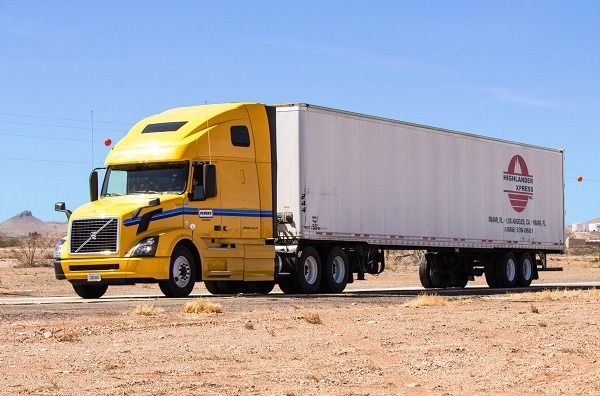It is estimated that the Australian refrigerated transport industry is worth approximately $14 billion. This value is growing every year as Australian businesses transport more and more goods across the country and the globe.
But, if you are delivering refrigerated goods, you have a huge amount of responsibility on your plate. There is no worse feeling than arriving at a destination only to discover that the refrigerated load is rejected. Fortunately, there are 5 simple things that drivers and shippers can do to help reduce the risk of a rejected load.
1. Choose The Right Company
The first step in protecting your refrigerated load is to choose a company that takes the load and delivery seriously. You need to choose a reputable specialist in refrigerated transportation as they will be dedicated to maintaining the correct temperature while safeguarding their load and getting your goods to the destination on time.
You simply need to do a little research before choosing your refrigerated transport company.
2. Temperature Check
The next step is to check the temperature. In many cases, the goods are already too warm before they are loaded onto the truck. It’s important for shippers to keep them refrigerated right up to collection.
The driver and sender should check the temperature of the goods and the temperature of the truck before they load anything. This confirms that the goods are leaving in the best possible situation.
3. Alarms
All refrigerated transport systems should have thermostats and alarms fitted. These should be programmed to your specific requirements and an alarm will sound if the temperature comes close, or goes past the acceptable range.
With wireless technology, it is possible for the driver and a central hub to be informed of the issue. When you have chosen a reputable business they will have the resources to dispatch a secondary truck, if necessary.
For added peace of mind, you can put alarm stickers on your products. These are specially designed to change color if the temperature moves outside a given range. This warns the receiver not to accept the load and tells everyone the problem was during transit. It’s a great way to encourage the driver to take the best possible care of your goods.
4. Human Error
Human error is inevitable. A new driver may read the temperature incorrectly, an experienced driver may be using a different truck or take a different route to usual. These can both affect the temperature in the truck. It’s a good idea to use automatic error detection systems to help guard against this.
5. Check regulations
Perhaps most importantly of all, everyone involved in the refrigerated transport process should keep abreast of the latest regulations and make sure they comply with them. This will help to ensure the goods are transported in the correct manner and reach their destination safely.
There will always be some issues but, by adopting these five simple steps you will reduce the risk and likelihood of it happening to you.

